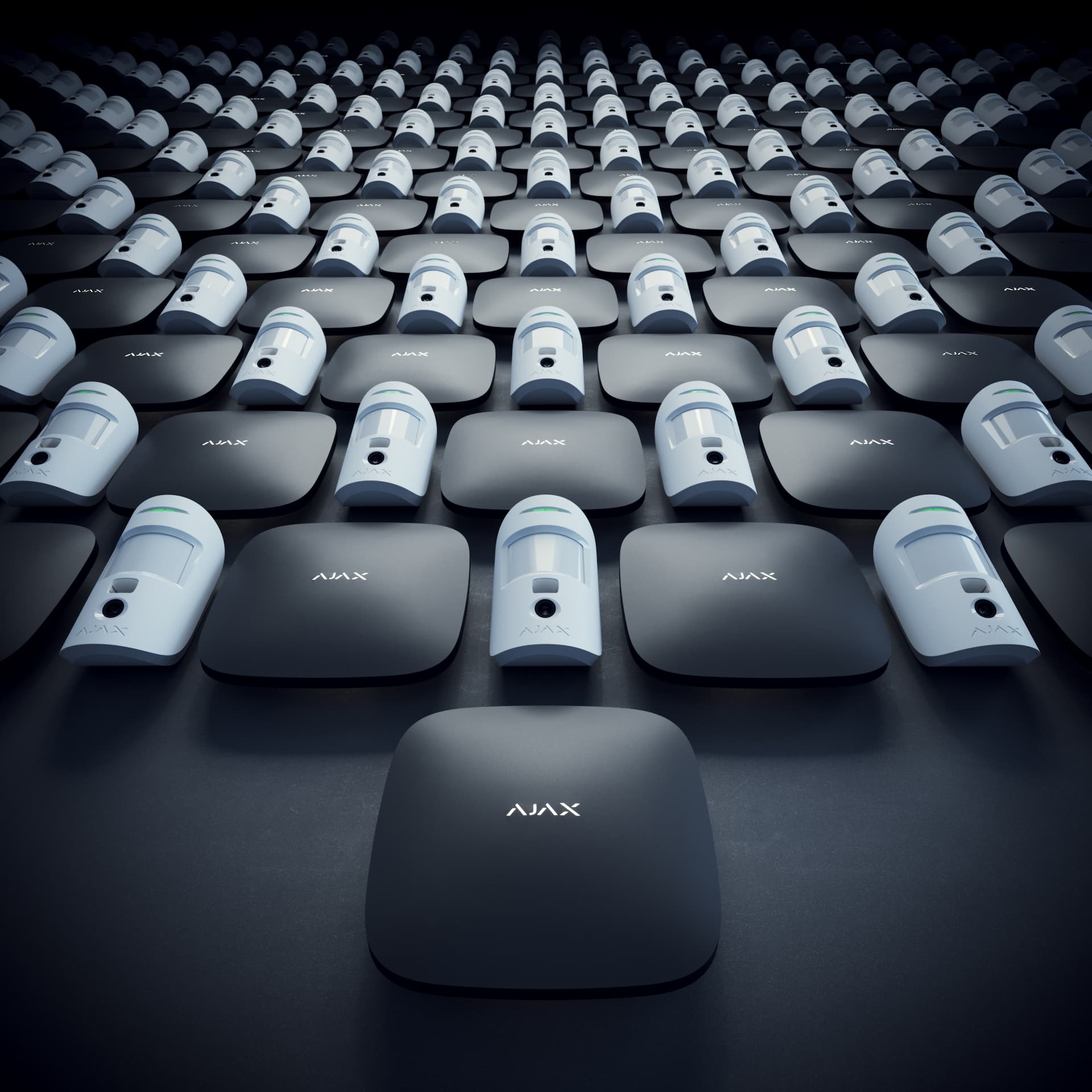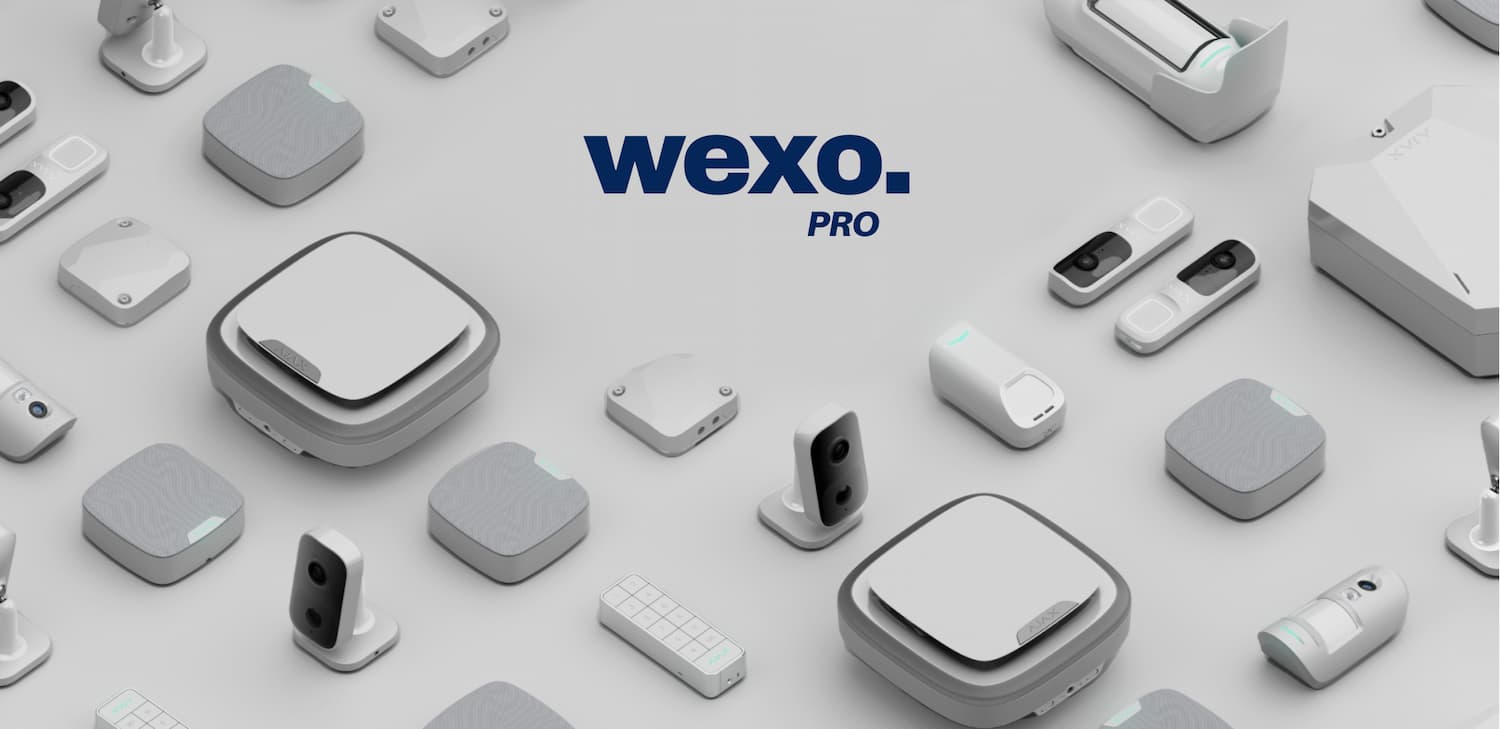How does video surveillance work
Jul 26, 2024

Imagine the freedom to watch over your home or business from anywhere in the world, ensuring its safety and security. This is made possible by modern video surveillance systems, which have become a crucial part of today's security measures by deterring criminals and providing essential evidence. In this article, we will explore the captivating world of video surveillance, delving into its history, components, functionality, and the innovative features shaping its future.
Overview of video surveillance
Video surveillance is a ubiquitous technology in our daily lives. It is found in cameras that monitor public spaces and in security systems that protect private properties. Its importance in modern security cannot be overstated, as it helps prevent crime and provides a sense of security and peace of mind. Let's explore how this essential technology has evolved and its critical role.
What video surveillance is
Video surveillance, also known as CCTV (closed-circuit television), is a system created to monitor and record activity in a specific area. Unlike broadcast television, the signals are not openly transmitted, but are sent to specific monitors, ensuring a controlled and private viewing setup.
Evolution
The history of video surveillance dates back to the 1940s when it was primarily utilized for military purposes. By the 1970s, there was a wider adoption of video surveillance for both public and private security. Initially, the systems used analog technology and Video Cassette Recorders (VCRs) to store footage. However, the digital revolution in the late 20th century led to the introduction of Digital Video Recorders (DVRs) and Network Video Recorders (NVRs), significantly improving the quality, accessibility, and management of video data.
Cameras
Analog vs. Digital
Analog cameras convert video signals into a format that a television or monitor can receive. They are reliable but offer lower resolution compared to digital cameras.
Digital Cameras (IP cameras) convert video signals into a digital format that can be transmitted over the internet. They provide higher resolution, better image quality, and more flexible installation options.
Recorders
DVR (Digital Video Recorder)
DVRs are used with analog cameras to record footage in a digital format on a hard drive. They offer robust recording capabilities but are limited to the quality of analog cameras.
NVR (Network Video Recorder)
NVRs record video directly from digital or IP cameras. They offer superior resolution and more advanced features, such as remote viewing and video analytics.
Monitors
Monitors are essential for displaying live or recorded video footage, allowing security personnel to monitor activities and review incidents in real time or retrospectively.
Storage Solutions
Cloud Storage
Cloud storage involves storing video footage on remote servers, offering scalable and easily accessible storage solutions. This option allows users to access their footage from anywhere with an internet connection and ensures that data is safe from local hardware failures.
Local Storage
Local storage entails saving video footage on physical devices such as on-site hard drives. While it provides quicker access to data, it is limited by storage capacity and requires robust security measures to protect against physical theft or damage.
Software
Video Management Systems (VMS)
VMS software acts as the central control for modern surveillance systems, managing video feeds from multiple cameras. It offers functionalities such as live viewing, recording, playback, and integration with other security systems, enhancing the overall efficiency and effectiveness of the surveillance setup.
How video surveillance works
Types of Cameras
Fixed cameras are stationary and provide a consistent and unchanging view of a specific area.
PTZ (Pan-Tilt-Zoom) cameras can move and zoom, offering broad coverage and focused monitoring of specific areas. These cameras can pan, tilt, and zoom to cover large areas and zoom in on incidents as needed. The surveillance zones can be adjusted based on real-time requests and changing priorities, offering flexible and responsive monitoring. PTZ cameras can be controlled remotely and can also conduct automated patrols, ensuring adaptable and comprehensive surveillance tailored to evolving needs.
Dome cameras are enclosed in a dome and are often used indoors. They are designed to be tamper-resistant.
Bullet cameras are long and cylindrical and are ideal for long-distance viewing. They are commonly used outdoors.
Cutting-edge image sensors and high-resolution
Modern surveillance cameras rely on advanced image sensors to capture high-resolution video, ensuring clear and detailed footage for accurately identifying individuals and activities.
Light capture and conversion
The camera's lens definitively captures light and projects it onto an image sensor. These sensors comprise millions of small photodiodes, usually CCD (Charge-Coupled Device) or CMOS (Complementary Metal-Oxide Semiconductor). Each photodiode confidently converts light into an electrical signal, corresponding to a pixel in the final image.
High-resolution imaging
The camera's resolution is determined by the number of photodiodes on the sensor. Sensors with higher resolution, such as those offering 4K UHD (Ultra High Definition), have more photodiodes, resulting in sharper and more detailed images compared to standard 1080p HD. This high resolution is important for security applications, where detailed images are needed to identify faces, license plates, and other critical details.
Technological advancements
Modern image sensors have advanced features, such as improved low-light performance and high dynamic range (HDR), allowing cameras to capture clear images in challenging lighting conditions for useful surveillance footage.
By integrating advanced image sensors, modern cameras provide high-resolution video for effective security monitoring, making it easier to detect and respond to potential threats.
Transmitting video: wired and wireless methods
Video transmission from cameras to recording and monitoring equipment can be seamlessly achieved through both wired and wireless channels, each specifically suited to diverse applications and environments.
Wired transmission
Coaxial cables. In analog systems, coaxial cables are a highly reliable means of transmitting video signals. If you already have an existing coaxial infrastructure, continuing to use coaxial cables is a confident and cost-effective solution. They consistently deliver reliability without necessitating significant upgrades.
Ethernet cables. Ethernet cables are a crucial component of digital systems, supporting high-speed data transfer and facilitating Power over Ethernet (PoE) technology to power cameras. Ethernet is the ideal choice for modern installations prioritizing high-resolution video and simple installation, particularly in new buildings or upgraded digital systems.
Wireless transmission
Wi-Fi. Wireless cameras offer unparalleled flexibility in placement, making them the ideal choice for areas where running cables is impractical. They are perfect for temporary setups or mobility, such as construction sites or event venues. However, it's important to note that they rely on a stable internet connection and may be susceptible to interference.
Cellular transmission. In remote locations, cellular transmission is the ideal choice for providing connectivity where traditional wired solutions are impractical. This method is particularly valuable in rural or isolated areas for temporary surveillance or as a backup for critical sites that require uninterrupted monitoring.
To ensure reliable and effective video streaming from cameras, it is crucial to grasp the advantages and suitable use cases for each transmission method, empowering you to confidently select the best solution for your surveillance needs.
Video storage solutions
It is crucial for any robust surveillance system to have effective video storage. By understanding the various storage options available, organizations can confidently select the best solution that fits their needs, ensuring that crucial footage is preserved and easily accessible when needed.
Local hard drives
Local hard drives unquestionably provide immediate access to stored footage, ensuring rapid retrieval and review. However, it's important to acknowledge that they have limited capacity and require regular maintenance to guarantee optimal performance and data integrity. Nevertheless, local storage undeniably remains a viable choice for many organizations due to its simplicity and direct control over data.
Cloud storage
Cloud storage provides a modern alternative with virtually unlimited capacity and the added benefit of remote access. Storing video footage in the cloud ensures that organizations can securely back up their data and easily retrieve it from anywhere. This not only eliminates concerns about physical storage limits but also improves the overall flexibility and reliability of the surveillance system..
By choosing the right storage solutions, organizations can effectively balance capacity, accessibility, and security to ensure that their video data is both protected and readily available when needed.
Enhance security with advanced video monitoring
Real-time monitoring and remote access are vital components of an effective security system, allowing security personnel to keep a vigilant watch over properties and assets and ensuring swift responses to any possible incidents.
Real-time monitoring
Real-time monitoring empowers security teams with the ability to access live video feeds, enabling immediate intervention and effectively reducing the risk of escalating incidents. This proactive approach ensures the prompt identification and resolution of potential threats as they unfold, ultimately providing a heightened level of security.
Remote access
Modern video management system (VMS) software significantly amplifies the capabilities of security systems, extending far beyond physical boundaries. Users can effortlessly access live and recorded footage from anywhere in the world using dedicated apps and web interfaces, providing unparalleled convenience and peace of mind, with surveillance always just a click away, no matter the location.
By integrating these advanced monitoring features, security systems elevate their robustness, responsiveness, and adaptability to meet the demands of today's dynamic environments.
Conclusion
Video surveillance plays a critical role in modern security strategies, offering a multitude of benefits, from deterring crime to capturing evidence. As technology continues to advance, staying informed about the latest trends and features is essential for maximizing the effectiveness of surveillance systems. By investing in high-quality surveillance technology, individuals and businesses can elevate their safety and security, ensuring peace of mind in an increasingly complex world.
Understanding the intricacies of video surveillance, its components, and the latest advancements empowers you to make confident decisions about the best system to meet your security needs. Whether for home or business, a robust surveillance system is an invaluable investment in today's security landscape.



